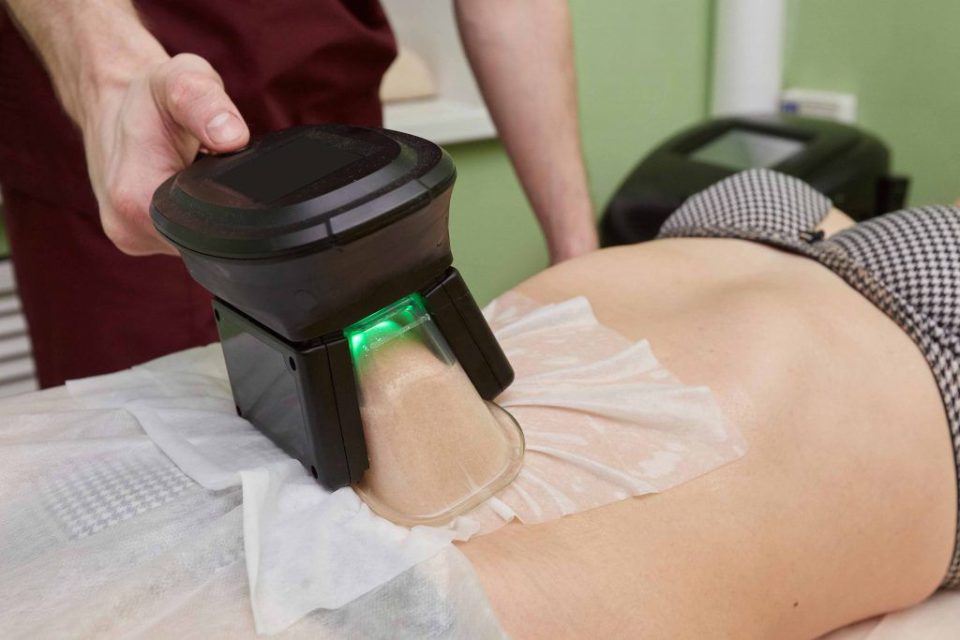Cryolipolysis, commonly known as fat freezing or , is a non-surgical procedure designed to reduce localized fat deposits that are resistant to diet and exercise. It involves using cold temperatures to damage fat cells, triggering their removal by the body’s immune system. This procedure is not suitable for individuals with obesity but can be effective for those looking to target specific areas. The areas of the body best suited for cryolipolysis include beneath the chin, upper arms, inner and outer thighs, abdomen, hip/flank, upper back, lower back, and underneath the buttocks, as approved by the Food and Drug Administration (FDA). The procedure is performed in a doctor’s office or outpatient clinic, with patients remaining awake throughout.
The process begins by assessing the fatty deposit’s size and shape, marking the treatment area. A gel pad is applied to protect the skin, and an applicator suctions the fatty bulge while cooling it gradually to a target temperature between 30.2- and 39.2-degrees Fahrenheit. The procedure typically takes around one hour per treated area, followed by a brief massage to assist in breaking down fat cells. Fat cells are destroyed through the principle that they are more susceptible to cold-induced damage than other cells. The cold temperature injures fat cells, triggering an inflammatory response that leads to their removal by macrophages, a type of white blood cell.
Studies have shown an average fat reduction of 15-28% approximately four months after treatment, with noticeable changes possible as early as three weeks and significant improvements after about two months. However, weight gain can occur after cryolipolysis, leading to fat accumulation in other areas. Certain individuals are not suitable candidates for cryolipolysis, including those with obesity, skin injuries, severe varicose veins, or certain medical conditions like Raynaud’s phenomenon, cryoglobulinemia, cold urticaria, and more.
Temporary side effects after treatment may include pain, skin sensations like stinging or tingling, redness, swelling, bruising, and skin sensitivity or numbness. These effects typically subside over a few days to weeks. The number of treatment sessions required varies based on individual goals and problem areas. Some may need only one session, while others may require multiple sessions or treatments for different areas. The cost of cryolipolysis ranges from $2,000 to $4,000 on average, depending on the treatment plan.
Generally, insurance does not cover the cost of elective cosmetic procedures like cryolipolysis. It’s essential to have the procedure performed by a qualified healthcare professional, such as a plastic surgeon or cosmetic surgeon, and discuss any concerns with your doctor before undergoing cryolipolysis. This non-invasive fat reduction method offers a potential solution for targeted fat reduction when diet and exercise alone prove insufficient.

